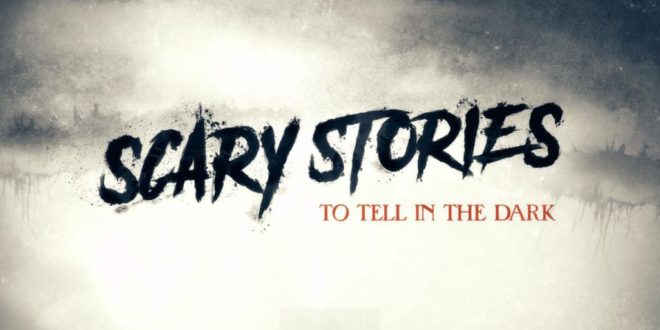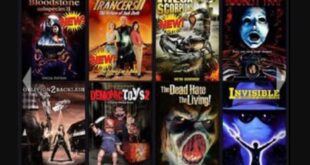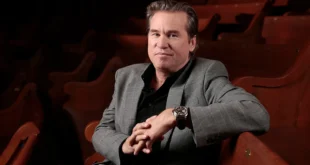Scary Stories To Tell In The Dark (read our review here) is the newest nostalgic movie release of 2019. Directed by Andre Ovredal (The Autopsy of Jane Doe 2016 – read our review here) from a script co-written by Guillermo del Toro (Pan’s Labyrinth 2006), this monster thriller is based on the eponymous book series which was written by Alvin Schwartz and illustrated by Stephen Gammell and originally released in 1981. The film adaptation tells the tale of a group of friends that break into a local haunted house and find a storybook that belonged to a former resident. The book then begins to write fresh stories about the kids who broke in, foretelling of their impending demise. But why does this movie work so well?
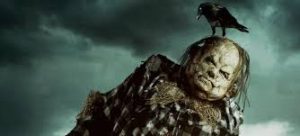
This movie was a hit for a multitude of reasons. Scary Stories To Tell In The Dark combined updated teenage horror interwoven with nostalgia from the books, which connected with all audiences. As youthful horror goes, there was a lot of detail placed into the characters. We had aspiring writer Stella, played by Zoe Colletti (Annie 2014), traveling Ramon, played by Michael Garza (The Hunger Games: Mockingjay Part 1 2014), and the tortured antagonist Sarah Bellows, played by Kathleen Pollard (The Strain 2017). They gave us more than the typical teenage tropes, offering us a chance to identify and empathize with everyone, even the villain. Sometimes in horror, it’s easy to lose yourself in the gore and the killers, and mindlessly forget all else. But in Scary Stories To Tell In The Dark, the tale is sharp and the characters all have purpose as you go along for the ride.
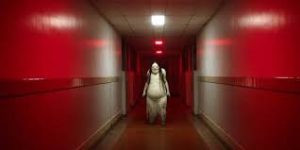
Most people immediately scoff at PG-13 horror, but this film wasn’t hampered by it. The monsters were effectively gruesome, the tension lingered perfectly, and they used character fears over gore to make the audience jump out of their seats. The book they found in the house was used as the harbinger of doom, which was a great mix of character connection and fan service. The clock was always ticking, and we never knew who was next or how they would go out. The book would randomly just start creating the next story of destruction. Every story was its own mini-anthology, based on the popular ’80s books. This kept the pacing fresh, and the tension thick. The 1:47 runtime flies by and leaves us wanting more shorts to be adapted. The sets also fit in here like a glove. We had a picturesque cornfield, a massive, dilapidated spook-house, a haunting hospital and a claustrophobic bedroom, which all served as beautiful backdrops for our creepy monsters.
With so many stories to pull from and such an arc to the characters’ journeys, we have to suspect we’ll see more Scary Stories in the near future. This is a fine chapter to contemporary films’ modern day nostalgia trip, and that the next story simply writes itself.
 PopHorror Let's Get Scared
PopHorror Let's Get Scared
